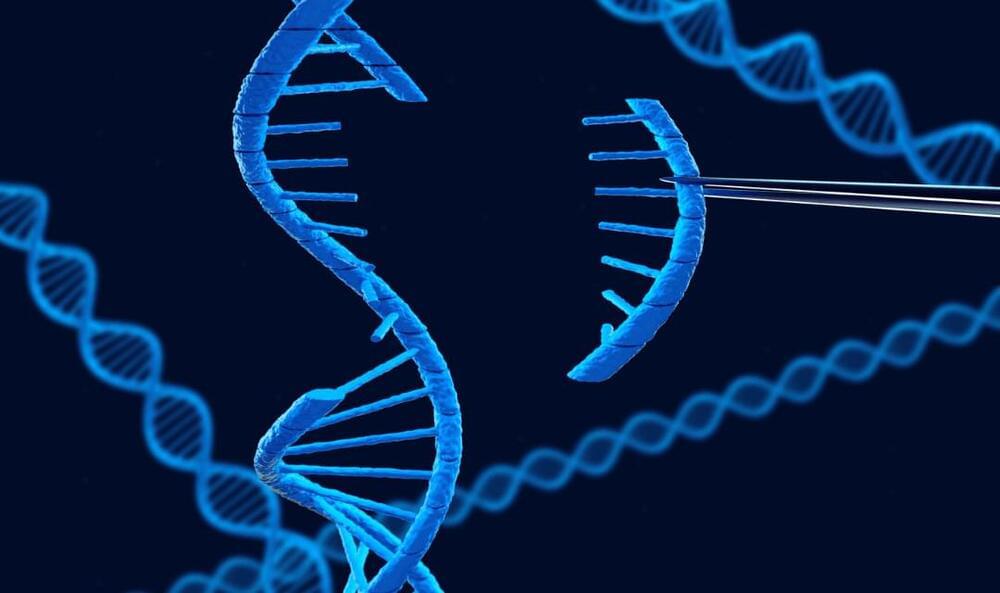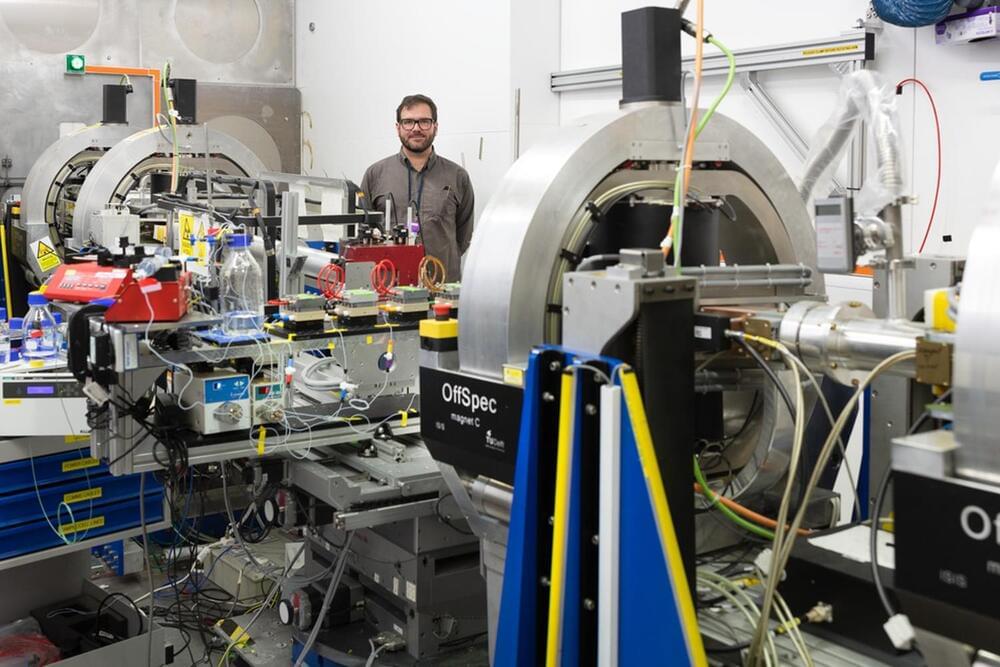A U.K. teen with an aggressive form of leukemia is now cancer-free, thanks to a new gene-editing therapy.
The particular therapy used on the patient was only invented six years ago, and it’s now making doctors rethink the way doctors approach the disease.
Mike Drolet reports on how the revolutionary technology works, and the possibilities it offers to change the lives of those with types of cancer long-thought to be incurable.
For more info, please go to https://globalnews.ca/news/9086170/sean-thomas-legacy-toy-drive-bc/
Like Global News on Facebook HERE: http://bit.ly/255GMJQ
Follow Global News on Twitter HERE: http://bit.ly/1Toz8mt.
Follow Global News on Instagram HERE: https://bit.ly/2QZaZIB
#GlobalNews #Leukemia #Cancer




